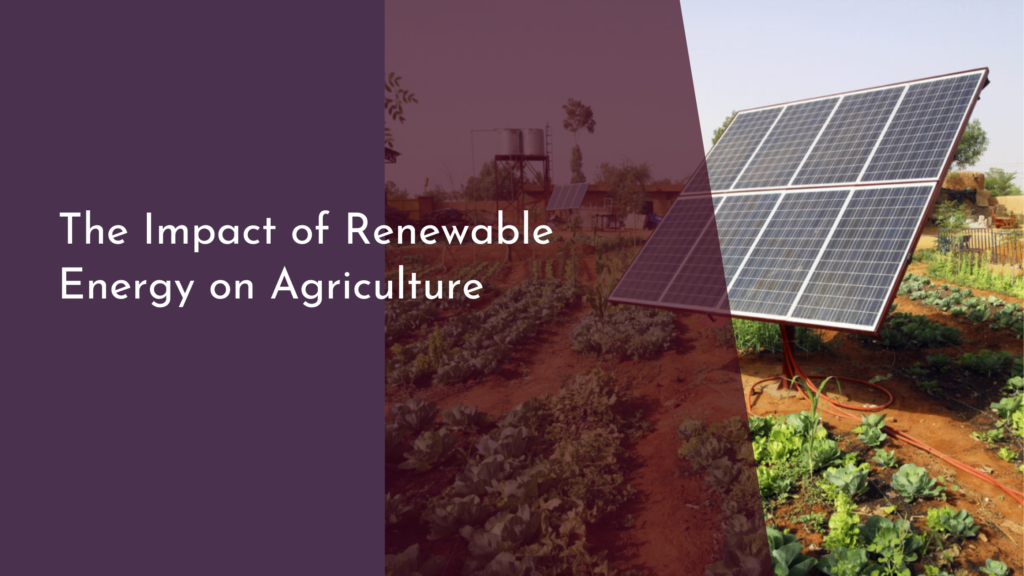Agroforestry in High-Density Plantation Systems
In recent years, the practice of agroforestry has gained momentum as an innovative approach to sustainable agriculture. By integrating trees and shrubs into high-density plantation systems, farmers can enhance productivity while promoting environmental health. This dynamic synergy between trees and crops not only leads to increased yields but also offers a holistic solution to some of the pressing challenges in agriculture today. In this article, we will delve into the benefits and success stories of agroforestry in high-density plantation systems, showcasing its potential to create a greener future.
Embracing Agroforestry: A Greener Future for Plantations
Agroforestry is a transformative agricultural practice that merges the best of both worlds—crops and forestry. By incorporating trees into high-density plantation systems, farmers are able to enhance the resilience and sustainability of their operations. These forest components provide essential ecosystem services, such as improving soil fertility, reducing erosion, and enhancing water retention. Furthermore, they create a more hospitable microclimate that can protect crops from extreme weather conditions, ultimately leading to a more stable food supply.
As awareness about climate change and environmental conservation grows, agroforestry has emerged as a proactive response to these global challenges. High-density plantations that adopt agroforestry principles can reduce carbon footprints by sequestering carbon through the growth of trees. This not only contributes to mitigating climate change but also aligns with growing consumer demand for environmentally friendly agricultural practices. By embracing agroforestry, farmers can cultivate a more sustainable and productive future.
Benefits of High-Density Agroforestry: A Win-Win Solution
One of the most significant benefits of high-density agroforestry is its ability to optimize land use. By integrating trees into plantations, farmers can produce multiple outputs from the same piece of land, effectively maximizing their agricultural potential. This diverse approach reduces the risk of crop failure because the variability in production can buffer against market fluctuations and adverse weather conditions.
Additionally, high-density agroforestry can lead to improved soil health and fertility. Trees contribute organic matter through leaf litter and root systems, enhancing soil structure and nutrient availability. This interplay not only helps to reduce the need for chemical fertilizers but also fosters a more balanced ecosystem that can support a variety of crops. The result is a productive and resilient agricultural system that benefits both farmers and the environment.
Diverse Crops and Trees: Boosting Biodiversity Together
High-density agroforestry systems promote biodiversity by creating a thriving habitat for various species. This biodiversity is crucial for maintaining ecosystem balance and resilience. By planting a variety of trees alongside crops, farmers can attract beneficial insects, birds, and other wildlife that contribute to pollination and pest control. This natural form of pest management reduces reliance on harmful pesticides, ensuring healthier produce for consumers.
Moreover, the integration of diverse crops and trees enhances genetic diversity, which is essential for adapting to changing climate conditions. Different plant species have varying tolerances to drought, pests, and diseases, allowing farmers to shift their practices in response to environmental challenges. Thus, high-density agroforestry not only boosts biodiversity on the farm but also fortifies food security by creating a robust agricultural landscape.
Success Stories: Inspiring Agroforestry in Action Today!
Around the world, inspiring success stories exemplify the potential of agroforestry in high-density plantation systems. In Brazil, farmers have successfully integrated coffee cultivation with native tree species, leading to increased yields and improved soil health. The shade provided by the trees enhances the quality of the coffee beans while offering habitats for local wildlife, creating a sustainable and productive farming model.
In Southeast Asia, agroforestry practices are being embraced in rubber plantations, where farmers are intercropping with fruit trees and spices. This innovative approach not only diversifies their income sources but also conserves biodiversity and improves soil quality. These success stories serve as powerful examples of how agroforestry can reshape agriculture, demonstrating that sustainability and profitability can go hand in hand.
Agroforestry in high-density plantation systems represents a promising pathway towards a more sustainable agricultural future. By merging crops and trees, farmers can enhance biodiversity, optimize land use, and improve soil health—all while generating economic benefits. The inspiring success stories from around the globe highlight the transformative potential of this practice. As we continue to embrace agroforestry, we cultivate not only more productive farms but also a greener, healthier planet for generations to come. Let’s celebrate and support these sustainable practices as we work towards a brighter agricultural future!

